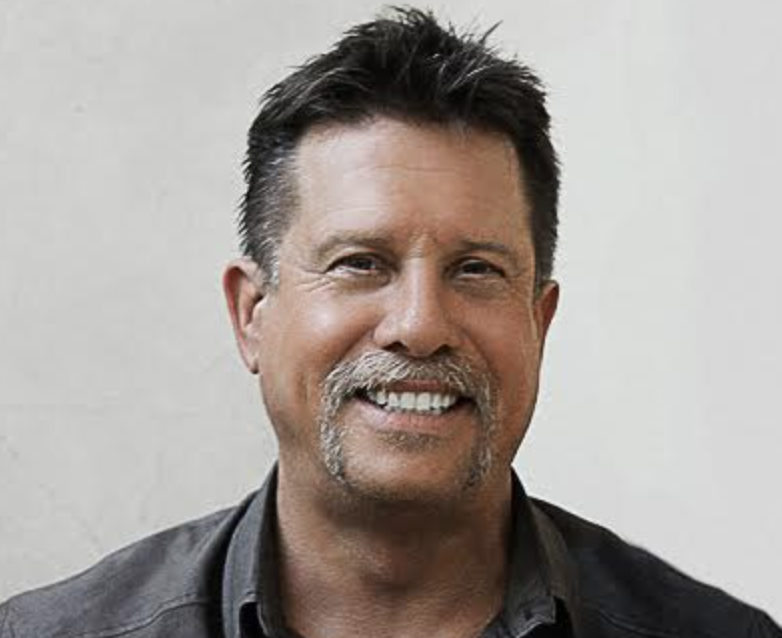What if I told you that more than 85% of successful professionals credit collaborative relationships as the key to their success? In the dynamic world of professional growth, it’s not just about individual accomplishments; it’s about tapping into the collective strength of a team. Robert shares essential strategies and insights to help you unlock success through collaborative relationships, emphasizing the significance of developing and maintaining professional bonds within your group.
The Foundation of Collaborative Group Dynamics
In today’s world, belonging to a group or team is more than just a formality; it’s a commitment to fostering productive relationships with fellow members. To thrive in such an environment, you must consistently demonstrate dedication to developing these professional connections and actively seek solutions to interpersonal conflicts.
Defining Your Purpose
The journey to effective collaboration begins with self-reflection. What are your values, your mission, and your central goals? To be a successful contributor to group dynamics, it’s crucial to clearly understand what you want to achieve and what matters most to you. This process helps define your path toward personal leadership within the group. If your personal mission conflicts with the group’s mission, that will be an issue. It is a collaborative group; no one disagrees with the mission, and the discussion is essentially about how best we can meet it. The mission is what we are doing, and what we are doing is something you buy into when you join the group. However, how we best meet the mission or how we best improve our methodologies to meet the mission is always a fascinating ongoing discussion that never really stops.
Embracing Accountability
Accountability is the cornerstone of professional relationships within a group. It would help if you held yourself responsible for your choices while maintaining these relationships. Act on your principles to create personal independence and boost self-confidence in your interactions.
Navigating Conflict
In any collaborative setting, disagreements are inevitable. However, the key is to address these conflicts constructively rather than letting them fester and disrupt group cohesion.
Seeking Resolution
The first step is to attempt resolution through open communication when conflicts arise. Take the initiative to understand your role in the conflict and work towards a solution. Focus on your behavior, as it’s most under your control. Expanding your perspective and considering various options can lead to lasting solutions tailored to the specific problem. With any conflict resolution, it’s vital to know the contributing issues or factors from each side of the conflict. It might be at a 70:30 ratio where one person is only responsible for 30% of the conflict. And even though 30% is much less than 70%, the person who contributed 30% needs to acknowledge that.
The Role of Mediation
Conflicts may sometimes reach an impasse, and a resolution between the involved parties becomes attainable with external assistance. This is when seeking mediation, such as involving a supervisor, can be necessary. Mediation emphasizes behavior over personal characteristics, ensuring that the focus remains on constructive conflict resolution. Emphasizing behavior over personal characteristics is essential. Nobody is trying to control how a person thinks or feels, but what a person says or does within the work culture becomes very important in a collaborative group.
Establishing a Collaborative Culture
Once a culture of Collaborative Group Behaviors is established, tolerance for individual differences increases, and conflict resolution becomes a norm rather than an exception. This is why it takes a little bit of getting used to when people first enter into a collaborative culture. In many workplaces, people avoid conflict. And when conflict issues grow, they don’t go away. So yes, conflict can be bad, so you want a good solution.
Behavioral Expectations
Collaborative Group Behaviors are those sophisticated dos and don’ts of human behaviors. Said in another way: the behaviors we need to stop to have more collaboration and the behaviors we’re not using now that need to start to have more collaboration. These start-stop behaviors set clear expectations for behavior within the group. Once these expectations are understood and followed, group members become more effective in their interactions. However, assuming the right behavior will happen automatically is a mistake, emphasizing the importance of actively promoting a culture of collaboration.
Conflict Adversity
While most people are conflict-averse, those navigating conflicts effectively tend to thrive within groups. Leadership is crucial in monitoring and facilitating conflict resolution, ensuring that conflicts do not escalate to destructive levels. Conflict resolution, though not always perfect, is highly effective when supported by a group that prioritizes it.
The Role of Leadership
Leadership is instrumental in promoting collaboration and conflict resolution within a group. It’s about addressing conflicts and setting an example of justice and fairness.
Conflict Intervention
Leadership should actively seek out conflicts within the group environment, even if not explicitly invited. This proactive approach ensures that conflicts are addressed promptly and constructively, preventing long-term damage to the group’s collaborative culture. Because conflict pushes the group away from Mission success, leadership has every right and, more importantly, every responsibility to enter into workplace conflict, invited or not.
The Journey to a Collaborative Culture
Leadership’s involvement in conflict resolution and the promotion of Collaborative Group Behaviors leads to a culture where people focus on mission, collaboration, and healthy debate of how to accomplish the mission rather than superficial differences. Behavior becomes the central criterion for evaluation, fostering respect and dignity within the group.
Conclusion
Success in group dynamics is not a solitary endeavor. It thrives on the strength of collaborative relationships, conflict resolution, and effective leadership. By actively participating in developing professional bonds, seeking constructive conflict resolution, and promoting a culture of collaboration, individuals can unlock the door to success within any group. In this ever-changing professional landscape, remember that it’s not just about what you achieve individually; it’s about how you contribute to your team’s collective success. Your primary contribution will always be the collaborative behaviors you bring into the world’s culture. And this is true for everyone in the group, from top to bottom.
